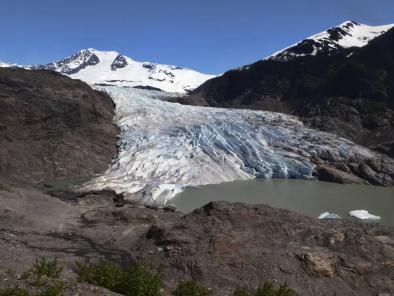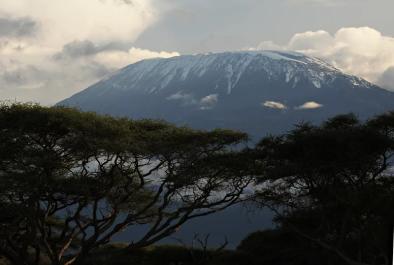How Doomsday Glacier Started Melting

New research provides valuable information on the history of the Thwaites Glacier—most commonly known as the Doomsday Glacier—that plays a crucial role in the stability of the West Antarctic Ice Sheet. While scientists had previously known that the glacier began melting in the 1970s, the study, published in the Proceedings of the Natural Academy of Sciences, found that the glacier’s retreat was kicked off by warmer oceans during a strong El Niño event in the early 1940s. Researchers say that the findings show the instability of these crucial ice sheets, and how difficult it is to stop their melting once it begins—especially as climate change continues to supercharge temperatures. “Once an ice sheet retreat is set in motion it can continue for decades, even if what started it gets no worse,” James Smith, a marine geologist at the British Antarctic Survey and a study co-author, told CNN. Despite being able to recover in previous years, the glaciers now “show no signs of recovery, which likely reflects the growing influence of human-caused climate change.” (CNN, BBC, InsideClimate News)
To receive climate stories like this in your inbox daily click here to sign up for the Hot News Newsletter from Climate Nexus:
Related Content






